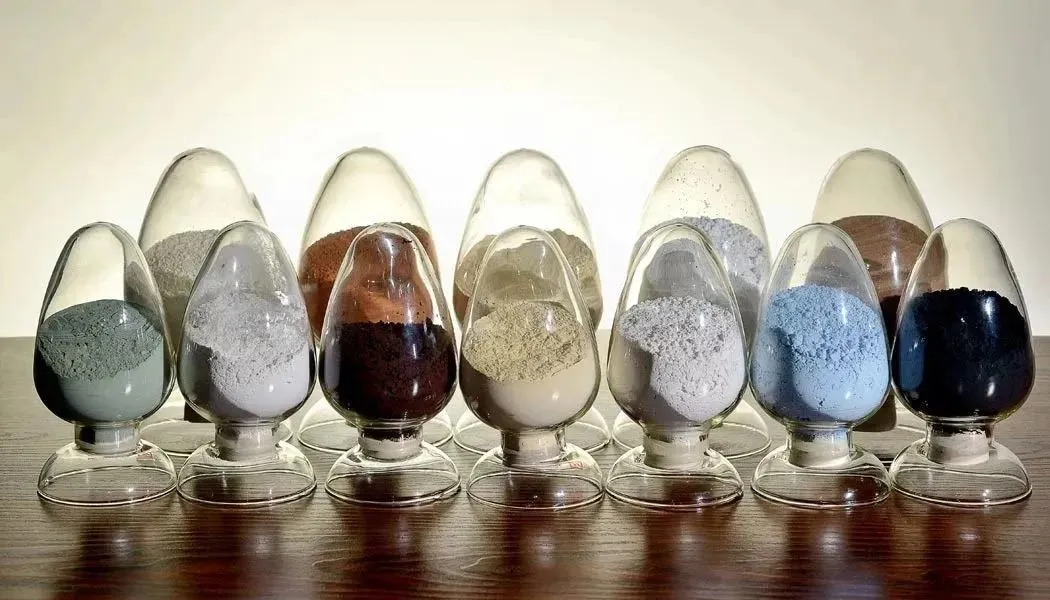 YuYi
YuYi
 Oct 09,2023
Oct 09,2023

At present, nanomaterials have attracted the attention of all countries in both production and application. China's nanotechnology continues to make progress. In nano-scale CeO2, y2o3, SiO2, TiO2, Al2O3, ZnO2, and other powder materials, industrial production or trial production has been successfully carried out. However, the existing production process has high production costs. Its fatal weakness will affect the promotion and application of nanomaterials, so it must be continuously improved.

Due to the special electronic structure and large atomic radius of rare earth elements, their chemical properties are very different from other elements. Therefore, the preparation method and post-processing technology of rare earth nano oxides are also different from other elements. The main research methods are:
1. Precipitation method: including oxalic acid precipitation, carbonic acid precipitation, hydroxide precipitation, homogeneous precipitation, complex precipitation, etc. The biggest feature of this method is that the solution nucleates quickly, is easy to control, has simple equipment, and can produce high-purity products. But it is difficult to filter and easy to agglomerate.
2. Hydrothermal method: Under high temperature and high-pressure conditions, the hydrolysis reaction of ions is accelerated and strengthened, and dispersed nanocrystal nuclei are formed. This method can obtain uniformly dispersed nanopowders with narrow particle size distribution, but it requires high-temperature and high-pressure equipment, which is expensive and unsafe to operate.
3. Gel method: It is an important method for preparing inorganic materials and occupies a considerable position in inorganic synthesis. At low temperatures, organic metal compounds or organic complexes form sol through reactions such as polymerization or hydrolysis, and form gel under certain conditions. After further heat treatment, ultrafine nanopowder with a larger specific surface area and better dispersion can be obtained. This method can be carried out under mild conditions, and the obtained powder has a large specific surface and good dispersion, but the reaction time is long and takes several days to complete, making it difficult to meet the requirements of industrialization.
4. Solid phase method: high-temperature decomposition through solid compounds or intermediate solid phase reactions. For example, rare earth nitrate and oxalic acid are mixed and ball-milled in the solid phase to form an intermediate of rare earth oxalate, which is then decomposed at high temperatures to obtain ultrafine powder. This method has high reaction efficiency, simple equipment, and easy operation, but the resulting powder has an irregular shape and poor uniformity.

Xiamen Yuyi New Technology Co., Ltd. is an enterprise that develops and produces rare earth nanoelements. The company has a rare earth element nano-precipitation experimental workshop equipped with a complete preparation process that can prepare all-nano high-performance rare earth single elements. Moreover, the rare earth chloride raw materials are directly precipitated, and all nanocrystals are formed at one time, which is different from the traditional manufacturing process on the market that affects nanometer properties through crushing, grinding, mixing, and secondary precipitation recovery.
